Kuelap Ruins
While relatively few foreign visitors take time to visit northern Peru, those who do are rewarded with crowd-free access to some of the hemisphere’s most important pre-Columbian constructions.
One of the most impressive is the massive hillside compound of Kuelap, constructed by the Chachapoyan Cloud People (yes, Cloud People) in 500 AD.
If Kuelap were in any other country, it would be the cover star of national tourism board brochures.
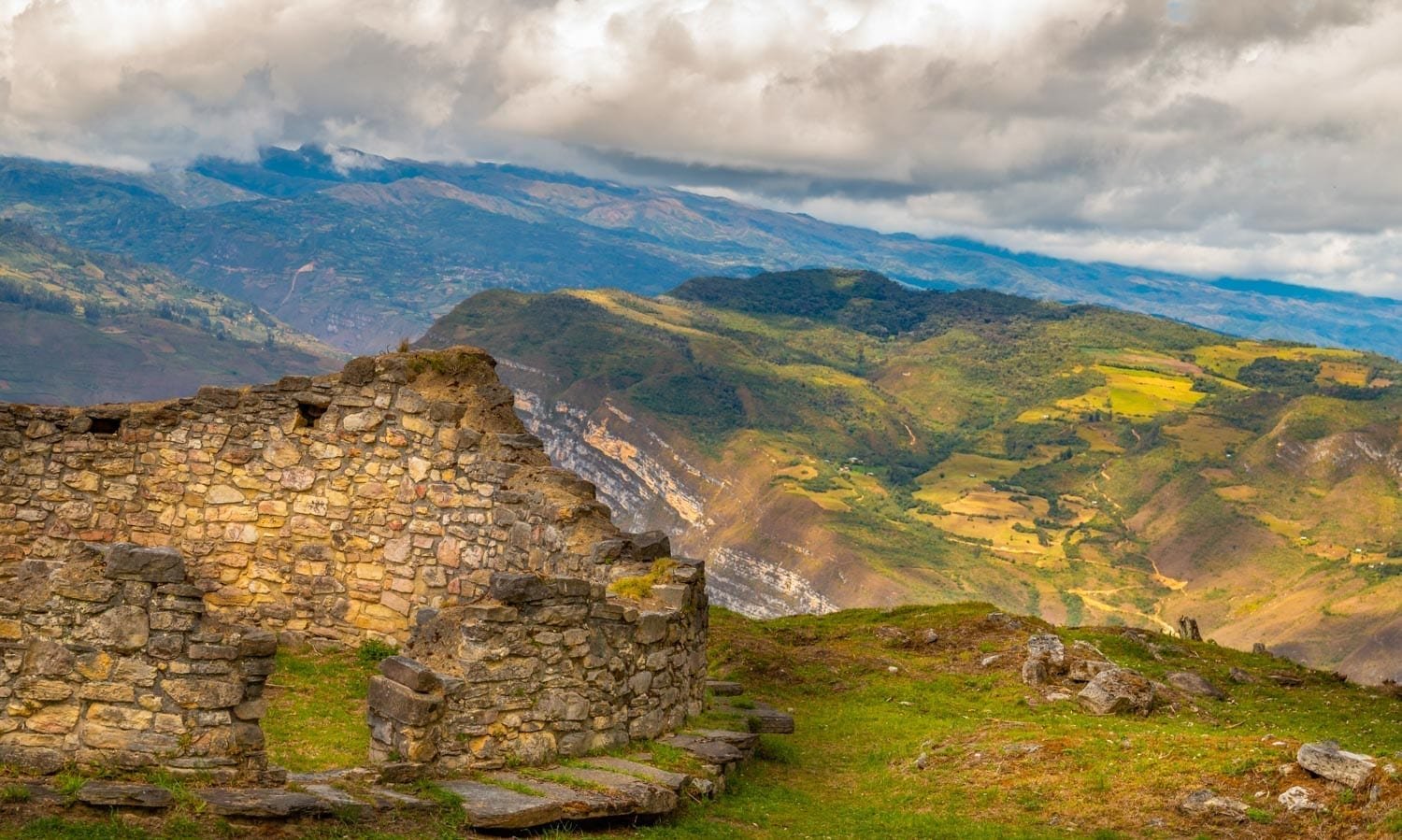
Stellar views of Maranon and Utcubamba
Situated at 9,843 feet above sea level, Kuelap provides commanding views of the Maranon and Utcubamba River valleys.
Long believed to have been a fortress, recent archeological evidence suggests it was primarily a religious and ceremonial center.
Impressive Features
The site’s most impressive feature is its 2,000-foot long defensive wall, standing 20 to 40 feet high for its entire length.
Over 400 stone structures—an observatory, turrets, tombs, and storehouses—are all enclosed within.
By road, the Kuelap trailhead near the town of Tingo is approximately one hour from Chachapoyas.
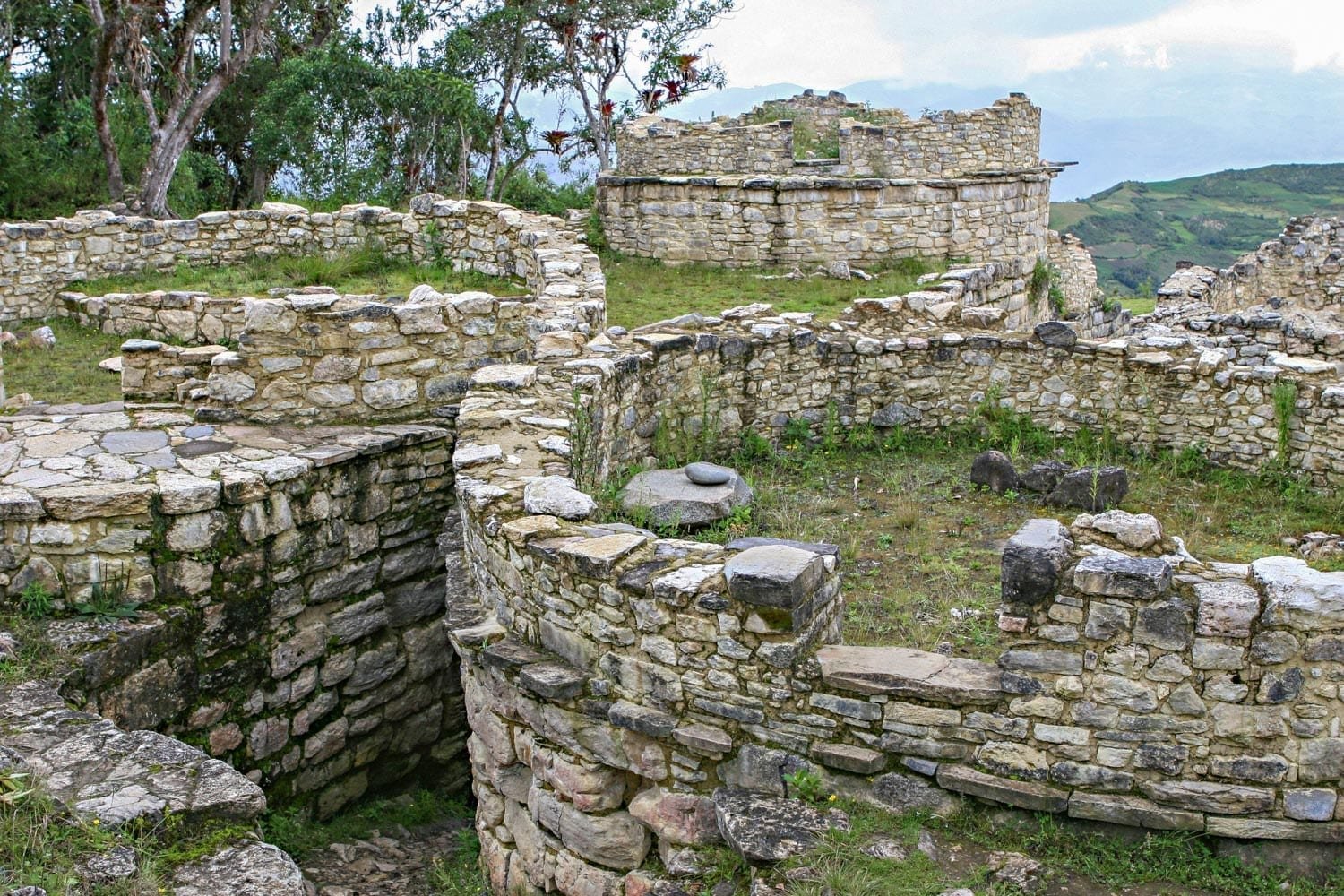
The hike itself can take five to six hours—an ascent of roughly 3,900 feet. An alternate route from the nearby town of Maria takes only two hours.
Karajia
Additional insight into Chachapoyan culture can be gained near the mountain town of Karajia, roughly two hours from Chachapoyas. From the village, a trail leads to an overlook.
Here, visitors can view nine human-shaped sarcophagi perched in a seemingly inaccessible cave in an opposing cliff face.
Some of these polychrome painted tombs tower nine feet. Two are topped with human skulls.
Burial Towers of Macro
Funerary complexes dot the Chachapoyan landscape.
The burial towers of Macro can be reached as day trip from Kuelap, and horseback tours can be arranged to the cliff-side tombs of Revash—cottage-like structures painted with bright red and white symbols.
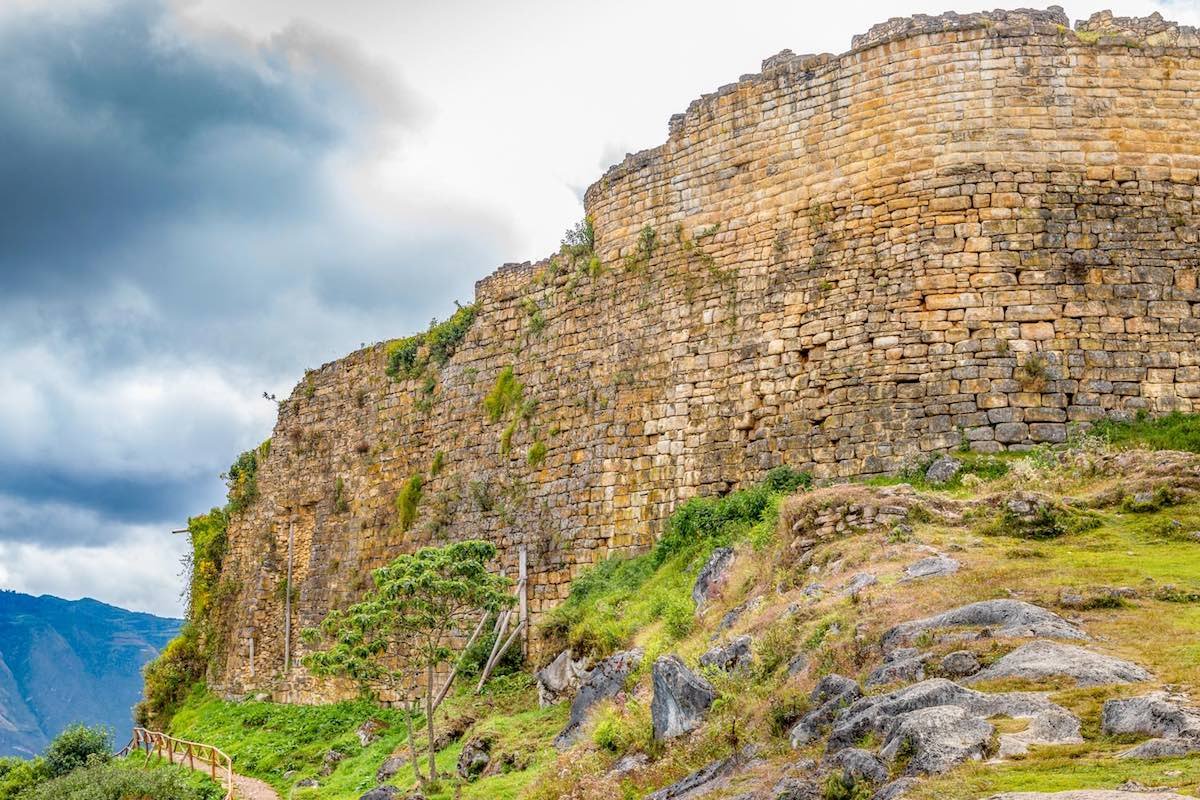
Centro Mallqui Museum
The Centro Mallqui Museum in Leymebamba, 2.5 hours from Tingo and three hours from Chachapoyas, houses one of the finest archeological assemblages in South America.
The museum’s primary collection includes the contents of a group of Revash-style cliff tombs, discovered in 1997 near the Lake of the Condors.
The tomb’s contents were once looted, before later being recovered. Among these items are intricate textiles, ceramics, quipus, and a temporary mausoleum holding 219 mummies.
Gotca Waterfall
Offering evidence of this area’s remoteness, one of its primary attractions was unknown to the outside world until 2006.
The Gotca Waterfall is believed to be the world’s third largest; its two-stage drop measures 2,528 feet.
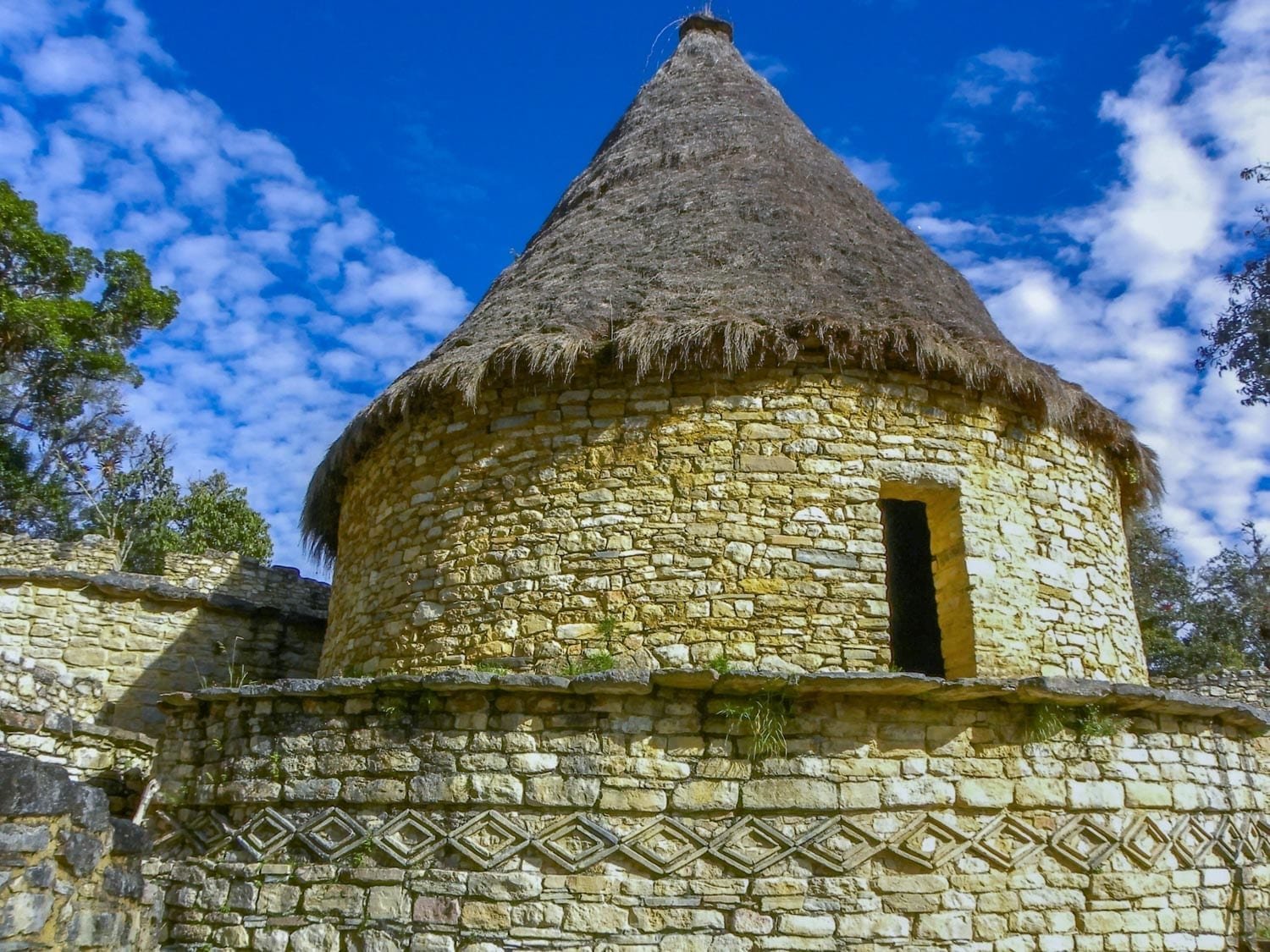
The falls are reached by a three-hour hike (each direction) through forests inhabited by woolly monkeys, toucanets and Peru’s national bird: the rare and brilliantly plumed Andean Cock-of-the-Rock.
The trailhead is located just outside the village of Cocachima, roughly 27 miles from Chachapoyas.
Getting to Kuelap
Chachapoyas can be reached by air from Lima in just under two hours.
The best time to visit Chachapoyas is during the dry season, between May and September.
The trails are more manageable during the dry season. Notably, in 2016, an aerial tramway system was installed at Kuelap, improving access to the site year round.
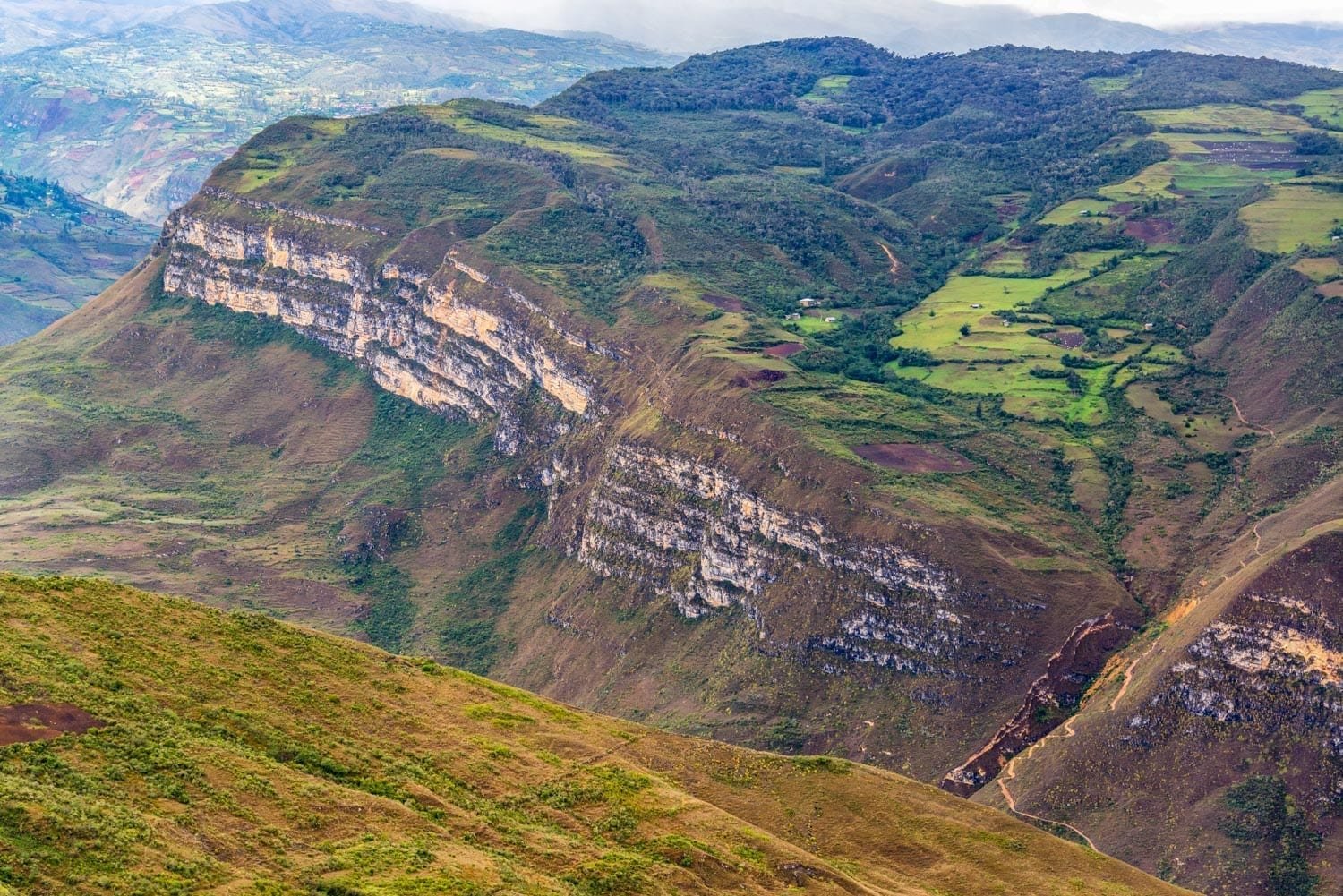
“If a man does not keep pace with his companions, perhaps it is because he hears a different drummer. Let him step to the music which he hears, however measured or far away.”
Henry David Thoreau
—— COMBINE WITH
LIMA & BEYOND
PERU’S AMAZON BASIN
